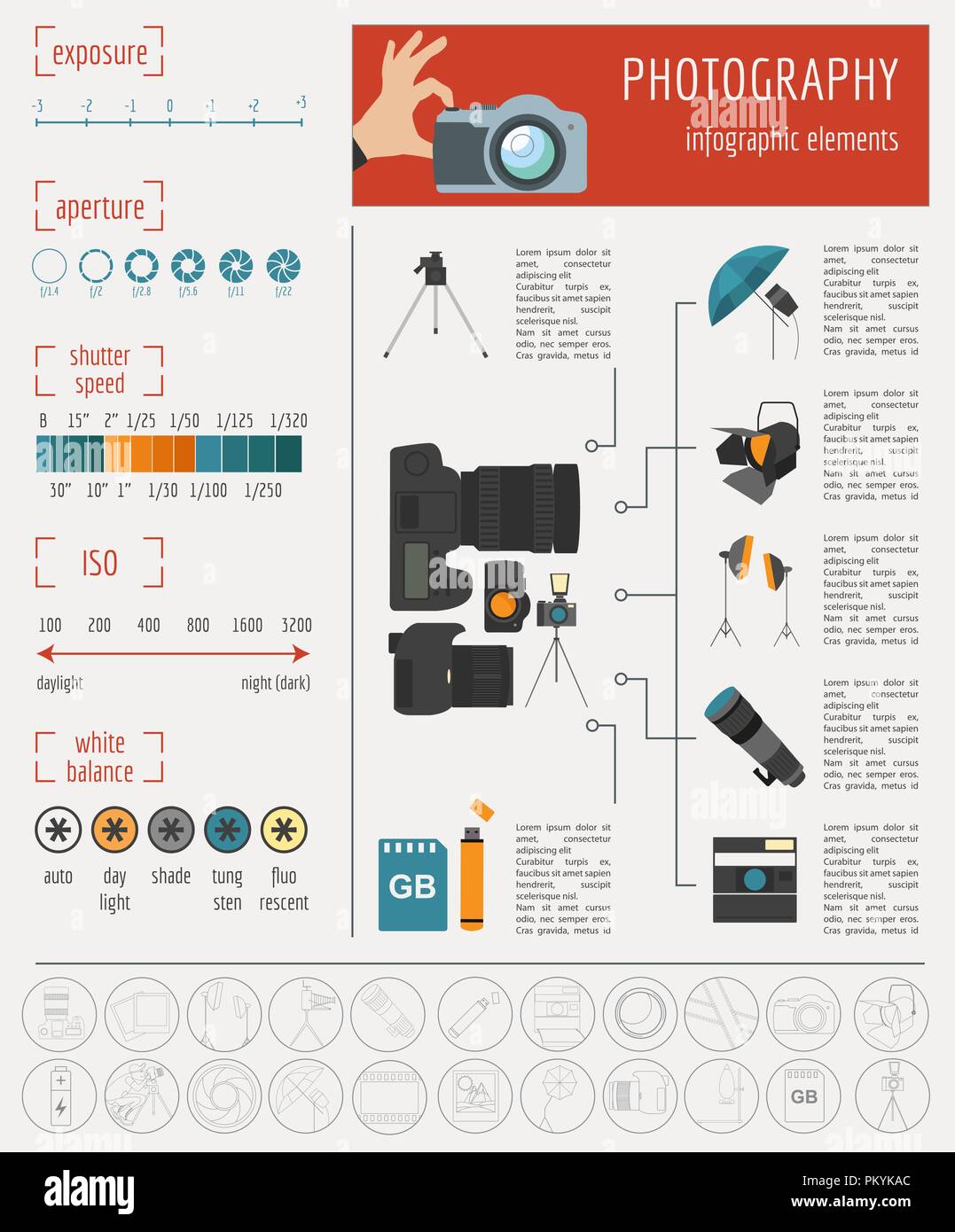Digital Photography Tips For Beginners: Grasping Your Cam In A Snap
Digital Photography Tips For Beginners: Grasping Your Cam In A Snap
Blog Article
Short Article Written By-Christian Elmore
When you first grab your video camera, it can really feel overwhelming with all the settings and options available. You might find yourself questioning just how to navigate aperture, shutter rate, and ISO properly. Grasping these basics is vital, but there's even more to digital photography than simply technical knowledge. Recognizing make-up techniques and lighting conditions can raise your pictures considerably. So, what if you could learn straightforward techniques to enhance your abilities and start capturing excellent images earlier than you think? Let's discover exactly how to change professional linkedin photographer .
Comprehending Video Camera Settings
Comprehending your cam settings is important for recording spectacular pictures. When you pick up your electronic camera, acquaint yourself with the three primary settings: aperture, shutter speed, and ISO. Each plays a crucial duty in just how your images end up.
Begin with aperture, which manages the quantity of light entering the lens. https://telegra.ph/Exactly-How-To-Construct-A-Photography-Portfolio-That-Stands-Out-01-09 (reduced f-number) allows more light and creates a beautiful background blur, best for portraits. On the other hand, a narrower aperture (higher f-number) maintains even more of the scene in focus, perfect for landscapes.
Next, focus on shutter rate. This setup establishes how much time your video camera's sensor is subjected to light. A fast shutter speed freezes activity, which is terrific for activity shots, while a slow-moving shutter rate can develop sensational impacts like smooth water in landscapes.
Last but not least, adjust your ISO. This setting affects your video camera's sensitivity to light. A higher ISO serves in low-light scenarios however can introduce sound or grain. Aim for the lowest ISO possible while still accomplishing appropriate exposure.
Composition Strategies
When you're out capturing, composition can make all the difference in just how your images resonate with viewers. Start by using the policy of thirds; visualize your frame divided into 9 equal areas with two horizontal and two vertical lines. Position crucial elements along these lines or at their intersections to produce balance and rate of interest.
Next off, consider leading lines. These all-natural lines in your scene, like roads or rivers, draw the visitor's eye into the photograph, leading them via the tale you're telling.
Don't forget mounting; usage aspects within your scene, like trees or home windows, to create a frame around your topic, adding deepness and emphasis.
Likewise, keep an eye on your background. A messy background can distract from your major subject, while an easy one aids it stick out.
Last but not least, try out proportion and patterns; they can produce a striking image that catches interest.
Mastering Lighting Issues
Grasping illumination problems is important for recording magnificent photographs, as the ideal light can transform an ordinary scene into something extraordinary.
Beginning by observing natural light at various times of the day. Mornings and late afternoons supply the most effective light, known as the gold hour. The soft, cozy tones during these times can boost your pictures beautifully.
Don't shy away from cloudy days either; diffused light can minimize extreme shadows and create a pleasing impact, specifically for portraits.
Trying out backlighting by placing your subject versus the light source. This technique can produce a wonderful halo effect and add depth to your pictures.
Take note of your camera settings also. Readjust the ISO, aperture, and shutter speed to match the lighting conditions. A greater ISO can aid in reduced light, yet be cautious of grain.
Utilize a tripod in darker environments to prevent blur.
Last but not least, don't forget artificial lights. Flash and continuous lights can be wonderful devices for regulating light in challenging conditions.
Conclusion
To conclude, understanding your electronic camera does not have to be overwhelming. By comprehending https://pdnpulse.pdnonline.com/2019/12/pdns-top-5-photography-tips-of-2019.html , applying composition strategies, and using the power of all-natural light, you'll rapidly raise your digital photography skills. https://postheaven.net/christena639lenny/comparing-popular-cameras-which-one-is-best-for-you in mind, exercise makes perfect, so get out there and try out your newly found understanding. With time and commitment, you'll be capturing sensational pictures that show your distinct perspective. Take pleasure in the trip, and do not neglect to enjoy while you go to it!
